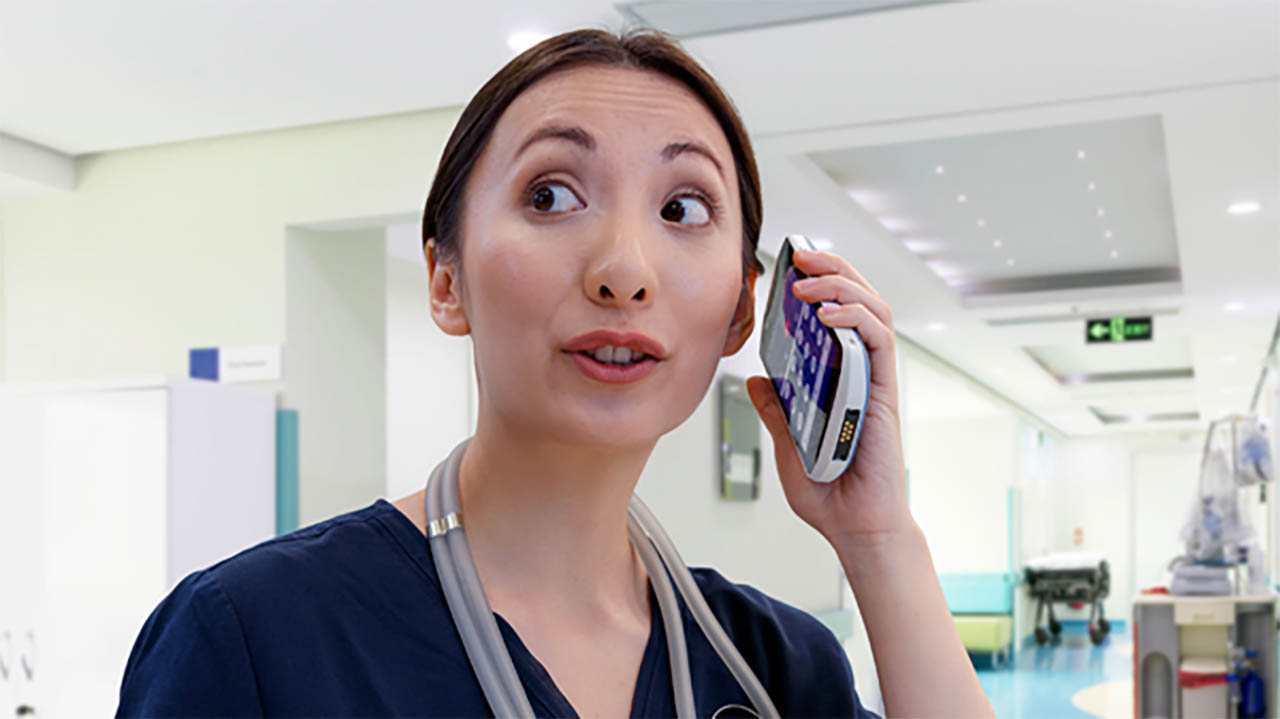
Restaurateurs: Study Reveals that Service “Speed” Is a Bigger Deal Than “Deals”
Fun fact: having the lowest priced item or service will almost always win you customers’ business, according to Zebra’s 2020 Shopper Study. Unless you’re in the food service business, that is.
Sixty-four (64) percent of restaurant customers are still walking through the front door or rolling through the drive-thru to order or pick up food – the “in-store experience is still in” – and speed is the new currency for fast casual and quick-service restaurants (QSR).
Time is money when customers are hangry or in a hurry and, now, apparently valued more than any dollar deal or freebie you may be offering online, on your app or in store. I know it’s hard to believe that customers will walk away from free food if they feel it will take too long for it to be delivered to the counter, table or drive-thru. But it’s true.
The customer service experience officially matters more to food service customers than price.
That doesn’t mean you should overlook the value of a discount when it comes to customer recruitment or retention. Pricing does still have some weight in their decision to select your QSR over another – so does your menu selection among a few other factors. But I’ll get to that in a minute.
Right now, let’s talk about how customers’ evolving criteria for measuring customer service is impacting your food service business and what you can do to quickly improve those ratings.
Is Fast Food Slowing Down?
It’s ironic that fast food drive-thru lanes and “fast” shipping services are seemingly becoming slower in the “now economy.” Though it’s not all that surprising to those of us who have been on the front lines of service industries or deeply embedded in supply chains serving the Consumer Packaged Goods (CPG) sector over the past few decades. The consequence of having a good reputation for speedy service, quality offerings, lots of customization options or can’t-beat deals is that it attracts more attention to your brand – and it generates more business.
I know, I know. It should feel rewarding to have a good reputation. But if you miscalculate demand – either fulfillment demand or customers’ ever-changing demands related to the speed, quality or diversity of your offerings – then an uptick in business could feel burdensome.
Just ask e-commerce giants, warehouse operators and manufacturers. They were among the first to really feel the impact of customers’ mounting expectations that every good or service be delivered on demand. Yet, they are far from the only organizations feeling the “need for speed” nowadays.
Brick-and-mortar retailers, grocers, hoteliers and transportation providers are increasingly being rated by their ability to deliver customization, choice and convenience. And those in the “fast food” business are being immensely scrutinized for their ability to deliver quality customer service, which is significantly – if not totally – measured by “speed of service.”
Case in point: a performance study released by QSR Magazine in October 2019 revealed that fast food drive-thru lines in the U.S. were, on average, 20 seconds slower than in 2018.
While 20 seconds may not seem life changing – it’s probably how long it took you to read this post to this point – consumers clearly feel differently. Just do a quick scan of social media and you’ll see what I mean. Considering that there tend to be several QSR or fast casual restaurant options sharing the same block (or parking lot) these days, consumers no longer have to tolerate slow service – not even an extra 20-second delay.
Now, will your loyal customers abandon your brand (or their routines) if they have to sit in a drive-thru or stand in a line a little longer on a single visit when the speed and service of the previous 10 visits were acceptable? Maybe not. However, the results of Zebra’s 2020 Shopper Vision Study do confirm that people currently prioritize the quality of service over price when it comes to their food service decisions.
So, while many businesses aim to reduce “churn,” QSRs and fast casual restaurants are now joining the ranks of those who aim to improve churn rates. (These may include convenience stores, retailers, grocers and others who commonly see crowds.) Optimizing processes to turn tables more quickly or get people through lines faster helps to improve customer satisfaction and retention and, therefore, the bottom line.
But where to start becomes the big question.
Based on the successes we’ve achieved with hospitality and restaurant customers, the best way to accelerate your service delivery without compromising quality of service is to adopt technology tools designed to queue bust, whether that’s filling orders faster or pushing customers through point-of-sale lines faster.
Tune back into Zebra’s Your Edge blog in early 2020 to learn which specific technologies have helped some of the largest QSR and fast casual restaurant brands very quickly modernize their operations to meet customers’ new “fast” food and customization expectations.
In the meantime, check out this QSR guide to learn about some of the technology solutions that can help you get orders turned around faster so that you aren’t inadvertently turning customers away due to slow service.

Joe Savino
Joe Savino is currently the Director of Sales where he is responsible for leading Zebra’s North America Hospitality and Southern US Retail Sales Team. He has more than 10 years of experience within the data capture and barcode printing industry and throughout his career has consistently led high-performing sales teams to meet and/or exceed their plan. He also has extensive experience developing comprehensive sales strategies while working through complex business issues with customers and partners.
Previously, he served as Director of Sales for Zebra, where he managed the Manufacturing Vertical Sales Team in the Eastern US.
Mr. Savino holds a Bachelor of Arts degree in Communications and well as a Bachelor of Science degree in Business Management from Eckerd College.






